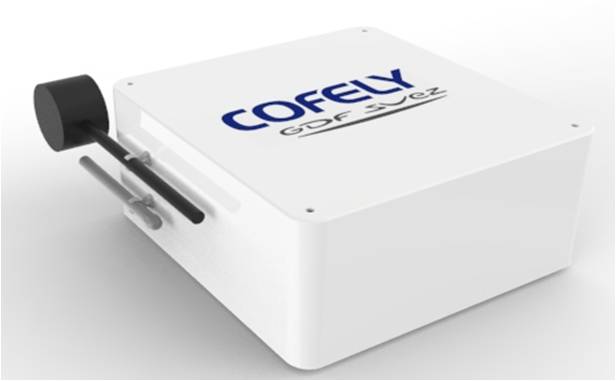

How do you identify with certainty the source of indoor air pollution?
Cylergie’s IAQ solution offers an innovative auditing methodology. Their offer is not standardized but meets the specific requirements of any given building and proposes a tailor-made approach. Cylergie’s audit consists of four different steps and is definitely not limited to a mere analysis campaign.
The preliminary investigation: based on on-line polls, “This investigation enables us to deal with the problem’s specific nature and, most of all, to determine where and when it occurs”, explains Martial Archenault, Head of Cylergie’s Health/Home Comfort program.
The building inspection: energy consumption, date of construction, opening hours, heating, air conditioning and ventilation are taken into account. Inspection of vent systems is often key.
The physicochemical and biological parameters’ analysis: this step allows the identification of the pollutant but also its source. It often comes as a confirmation of the preceding steps.
Recommendations: as an example, an IAQ audit was carried out in tower CB21,further to a requestregarding a recurring odour problem in the entrance hall of the building. Following the audit, the action plan covered a number of points:
This set of different actions allowed solving the problem.
Sign up for the ENGIE Innovation Newsletter